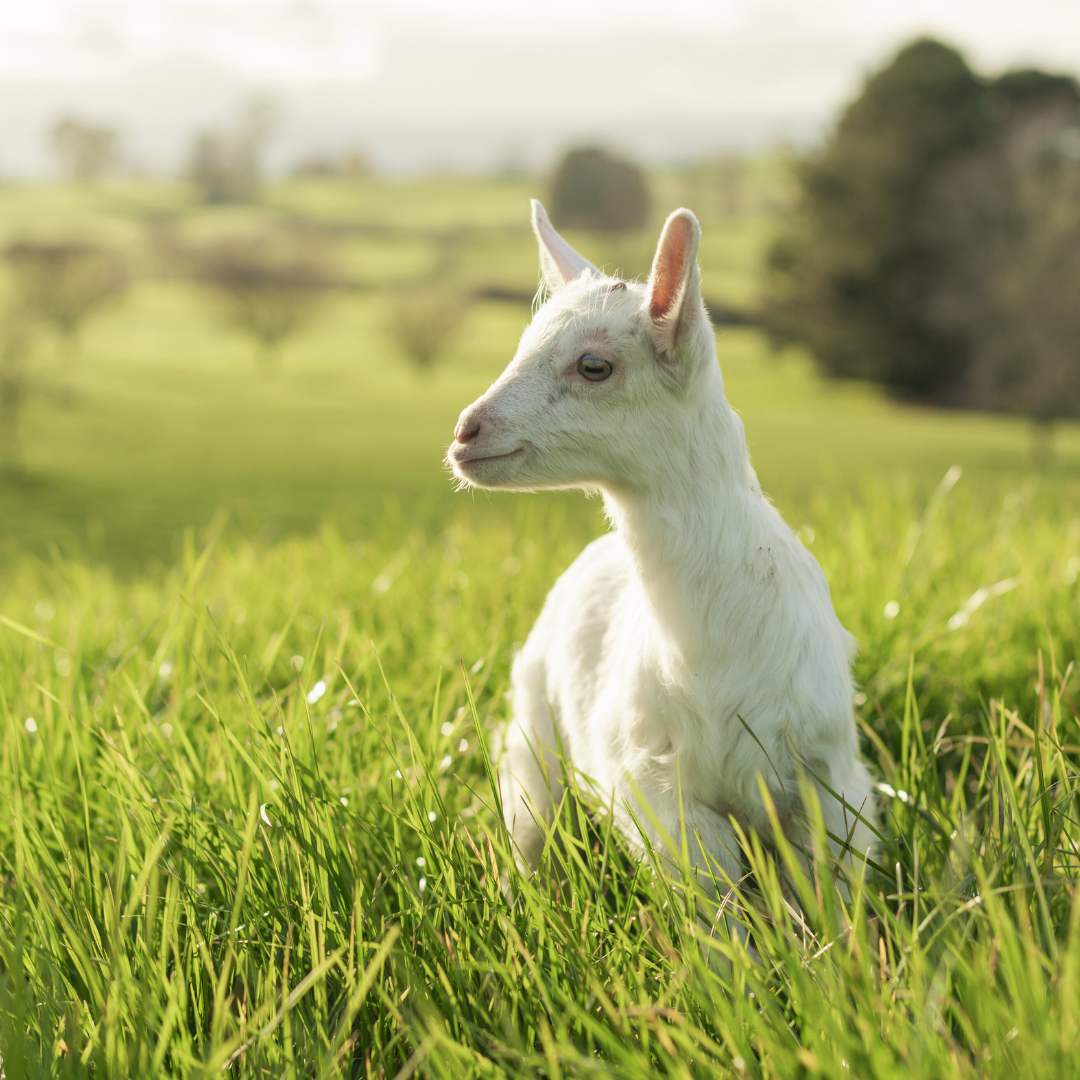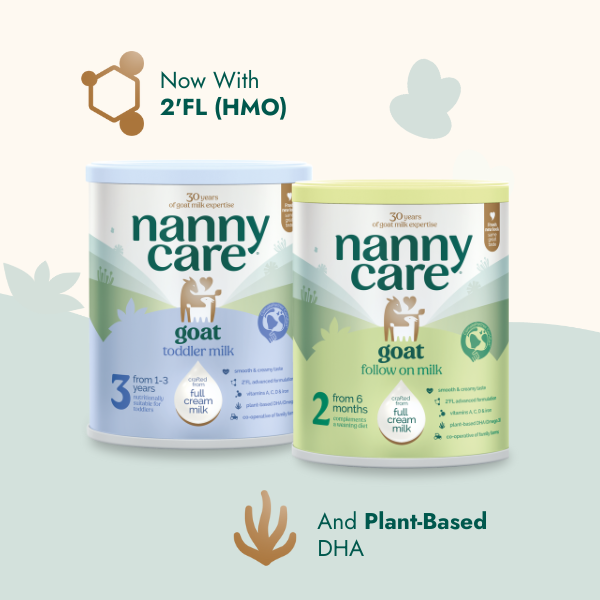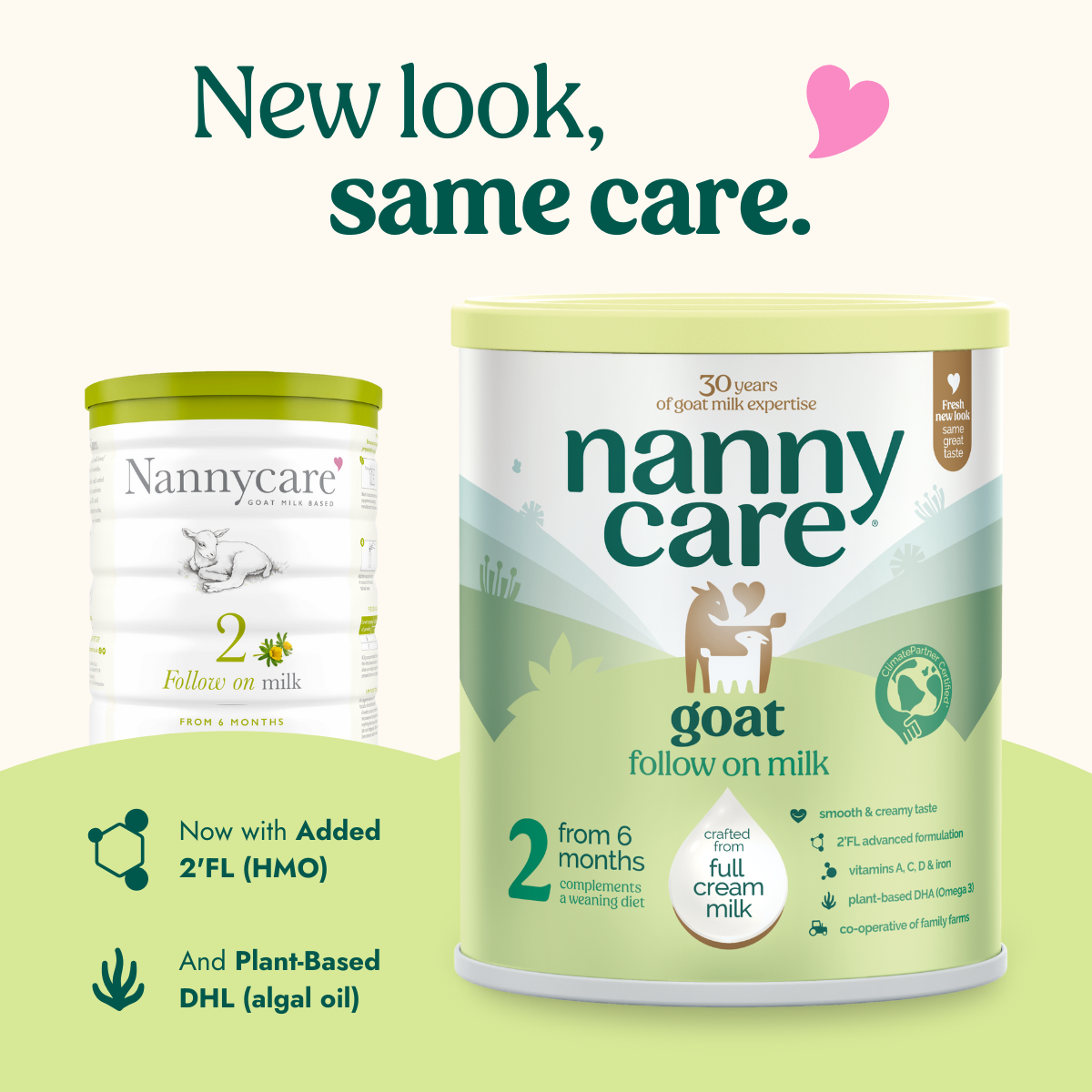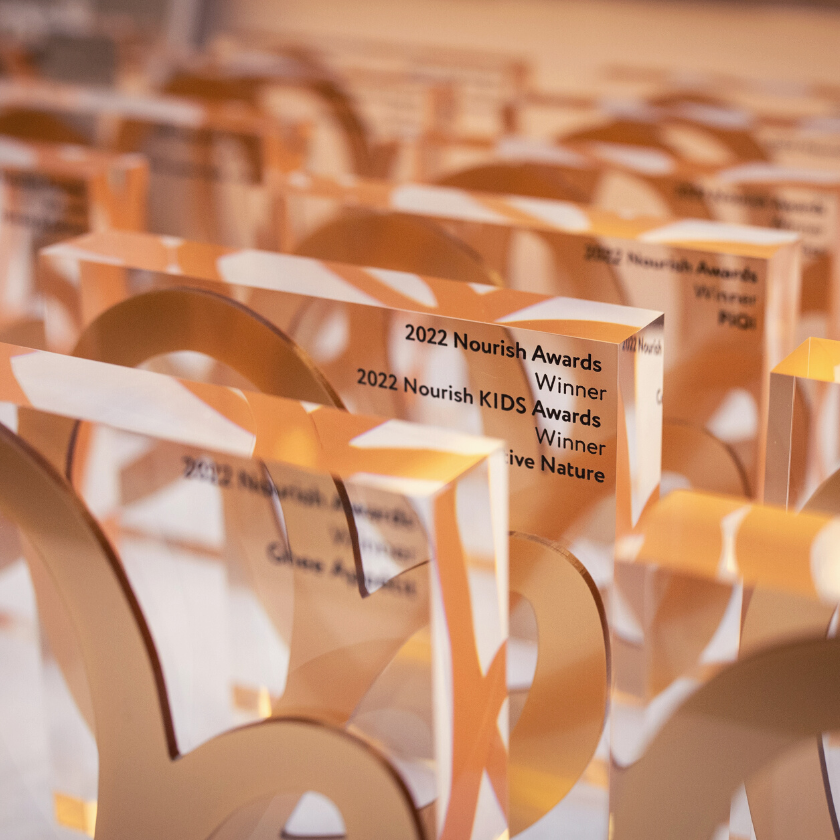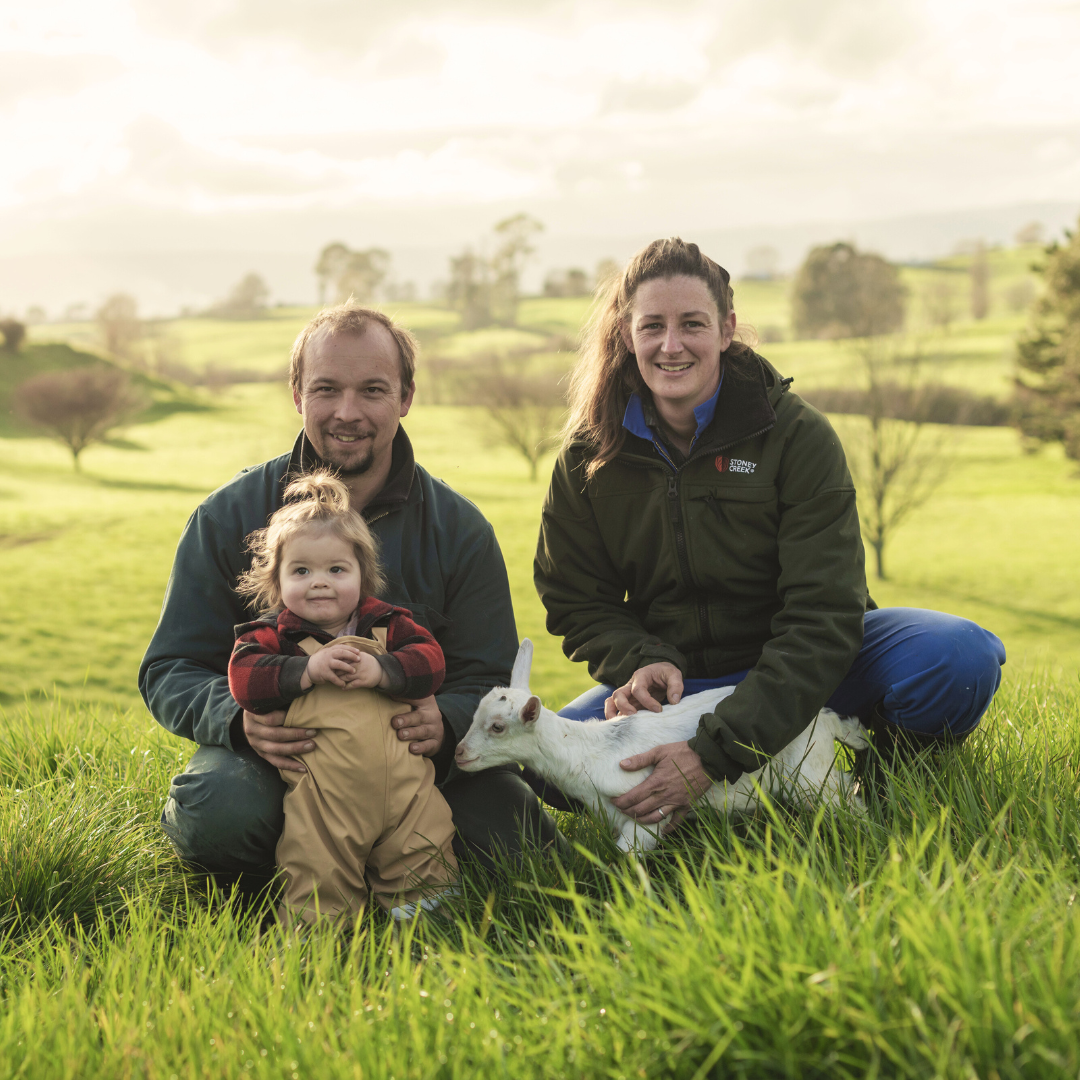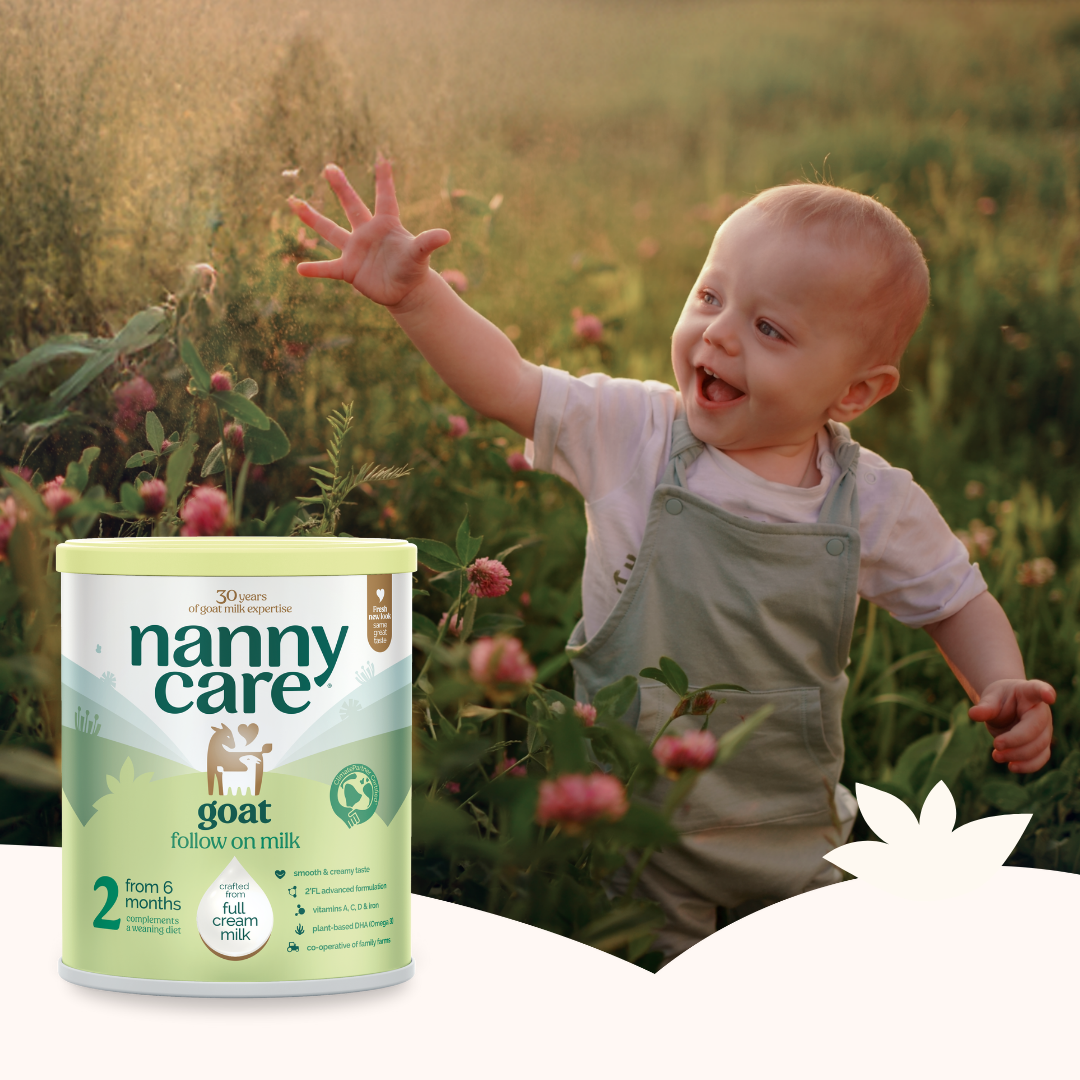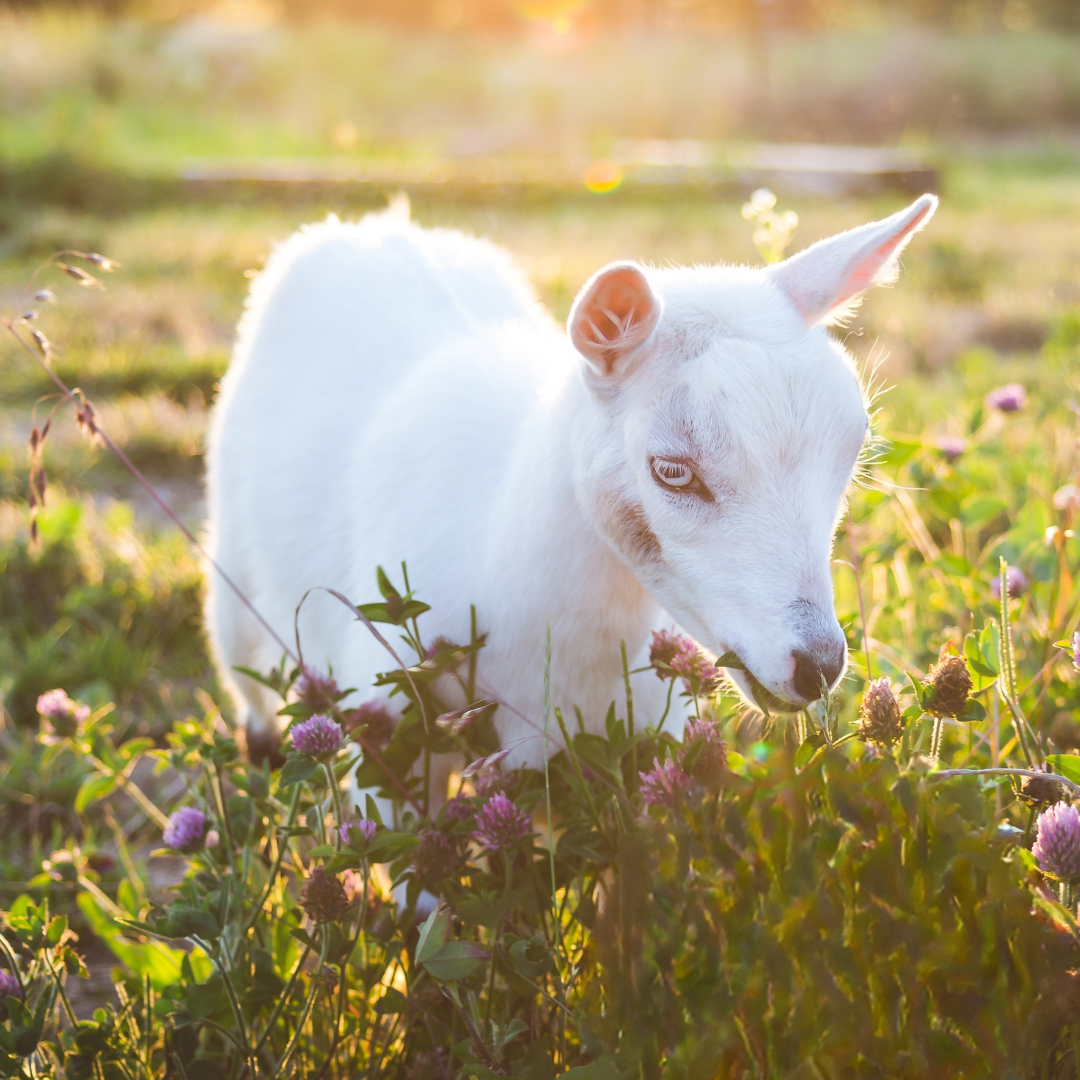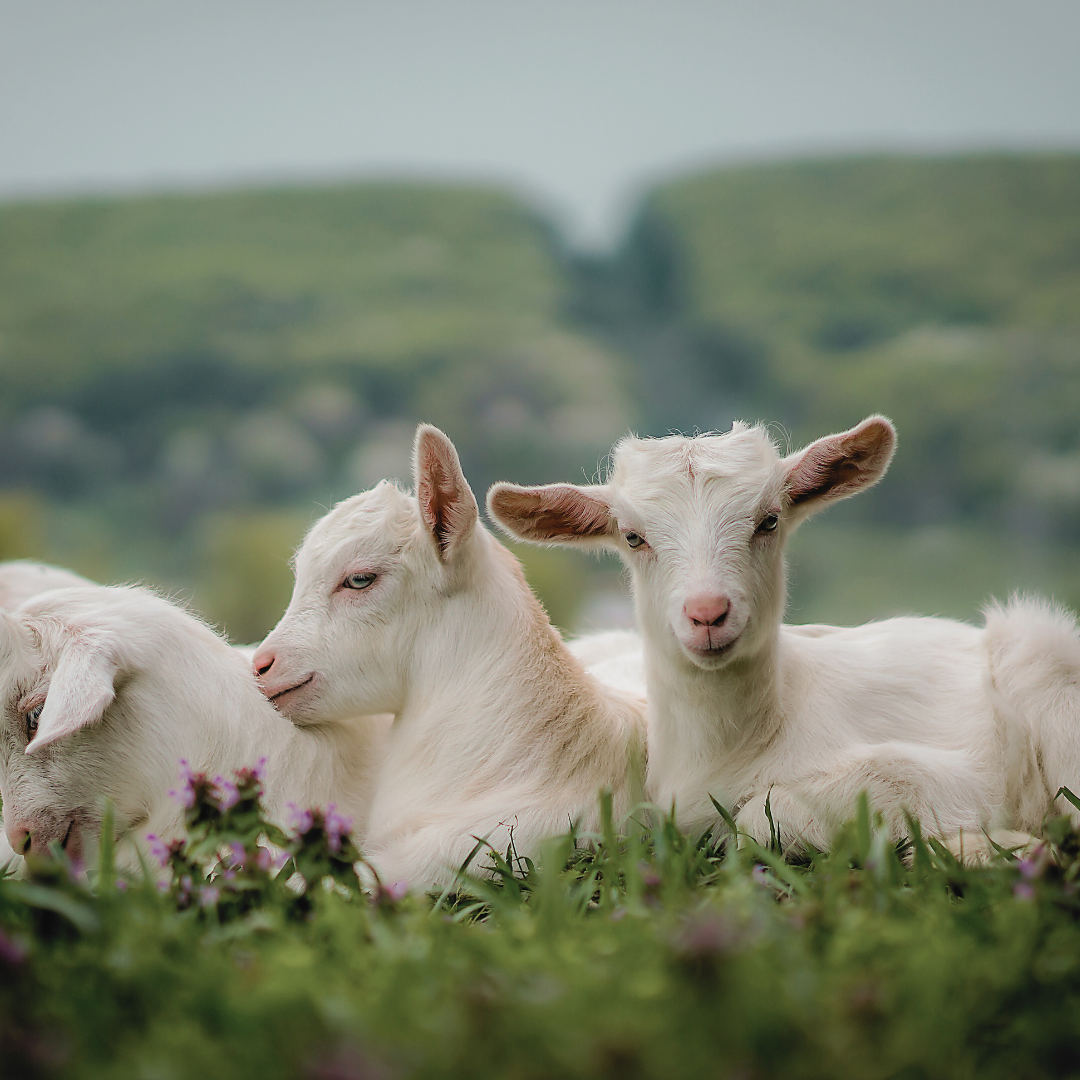Why “local” doesn’t always mean lower carbon - and why Nannycare chose New Zealand
It feels good to buy local, doesn’t it? Fewer miles = less carbon = better for the planet. Simple. Except… not quite.
Transport is usually only a small part of a food’s total carbon footprint. Most emissions actually come from how food is farmed, processed, and stored [1]. So while “buying local” sounds like the greenest choice, it isn’t always the case. Let’s bust a few myths together.
Myth 1: Long-distance food = high carbon footprint
Truth: Sometimes the opposite is true
A UK government debate highlighted research showing that “New Zealand lamb eaten in London has a smaller carbon footprint than Welsh lamb eaten in London” [2][3].
That’s because New Zealand’s sheep graze outdoors year-round, using little fertiliser and no heated barns. Their efficiency is so high that it outweighs the emissions from shipping meat halfway across the world by sea — which is surprisingly carbon-efficient per kilo.
Myth 2: UK dairy is always greener
Truth: Grass really can be greener elsewhere
A Lincoln University study found that UK dairy had 34% higher emissions per unit of milk than New Zealand dairy — even after shipping it to Britain [4].
This is because New Zealand cows graze outside on grass all year, while many UK cows require housing and imported feed. Famously, even Anchor butter from New Zealand arrived in the UK with a smaller footprint than some British butter [5].
Myth 3: If it’s local lamb, it’s lower carbon
Truth: Not always
Analyses show New Zealand lamb can be up to four times more carbon-efficient than UK lamb [6]. In other words, a lamb chop shipped by sea from NZ can create less CO₂ than one trucked across Britain.
Myth 4: Local fruit and veg always wins
Truth: Depends on the crop
- Apples: UK-grown apples stored for months in chilled warehouses can use more energy than importing fresh, in-season apples from New Zealand [7][8].
The key takeaway? “Local” doesn’t always equal “low carbon.” It depends on how the food is produced and stored.
Where goats come in
Nannycare is a British brand, created to give UK parents a real alternative to cow’s milk formula. At the time, goat milk formula wasn’t well developed in Europe. But in New Zealand, the Dairy Goat Co-operative were already pioneers, leading the way.
They created the world’s first goat milk formula, and developed a way to process it at lower temperatures — protecting more of the milk’s natural qualities and avoiding unnecessary, highly processed ingredients like added whey.
That’s why, from the beginning, we chose to partner with them. Every drop of goat milk they produce is for baby formula — never diverted into cheese. It naturally forms softer curds, gentler for little tummies, and it’s farmed with sustainability in mind.
A shared commitment to sustainability
The Dairy Goat Co-operative has been focused on reducing carbon emissions for many years — long before it became a buzzword. Their efforts have earned them a Bronze EcoVadis award, placing them in the top 19% of dairy producers globally for sustainability [6][8].
Here in the UK, Nannycare is also independently certified by ClimatePartner. Together, this means we can offer parents the reassurance of a British brand, working with the very best partner globally to produce goat milk formula with both babies and the planet in mind.
The bigger picture
The real lesson? Food miles aren’t the full story. Efficient, sustainable farming practices can make the biggest difference to carbon footprints.
So when you see “New Zealand” on a tin of Nannycare Goat Milk Formula, remember: distance doesn’t mean compromise. In fact, it means efficiency, softer curds and a lower footprint than you might expect.
Sometimes, less really is more.
FAQs: Nannycare, New Zealand, and Sustainability❓
Q: Doesn’t shipping milk from New Zealand add lots of CO₂?
Not as much as you might think. Shipping by sea is very efficient per kilo, and in most cases transport is only a small part of the total carbon footprint. The way the milk is farmed makes the biggest difference. New Zealand’s pasture-based farming is so efficient it outweighs the shipping distance [2][4].
Q: Why not just use local UK goat milk?
When Nannycare began, we searched across Europe for the best goat milk suited for baby formula. We found that the Dairy Goat Co-operative in New Zealand were pioneers — they created the world’s first goat milk formula and developed a way to process it gently, without unnecessary whey. Their milk is produced exclusively for formula, never cheese, making it softer and more suitable for babies.
Q: So is Nannycare a New Zealand or a British brand?
Nannycare is proudly a British brand, created to give UK parents a trusted alternative to cow’s milk formula. We simply partner with the Dairy Goat Co-operative in New Zealand, because in our view they are the best in the world at producing goat milk especially for baby formula — with high standards for both quality and sustainability.
Q: Is Nannycare sustainable?
We’re the only UK goat milk formula brand with independent sustainability certifications — ClimatePartner here in the UK, and EcoVadis (Bronze award) for our New Zealand partners. This means our claims are verified, not just marketing spin.
Important Notice:
Breastfeeding is best for baby, where possible. Follow on milk is suitable for babies over 6 months as part of a mixed diet. Every parent should feel supported in their feeding choice. For guidance, speak to your healthcare professional. Not suitable for cow’s milk protein allergy.
References
- Carbon Footprint – NZ v UK primary industry – ECONFIX (2021). Link
- Trade (Australia and New Zealand) Bill – UK Parliament debate (2023). Link
- UK Parliament Hansard summary of NZ lamb efficiency.
- Lincoln Univ. comparative study – NZ vs UK dairy emissions. Link
- NZ Herald – Fonterra CEO on Anchor butter. Link
- ECONFIX summary – NZ lamb ~4× more efficient than UK lamb.
- Apple storage vs import energy comparison. ECONFIX (2021).

